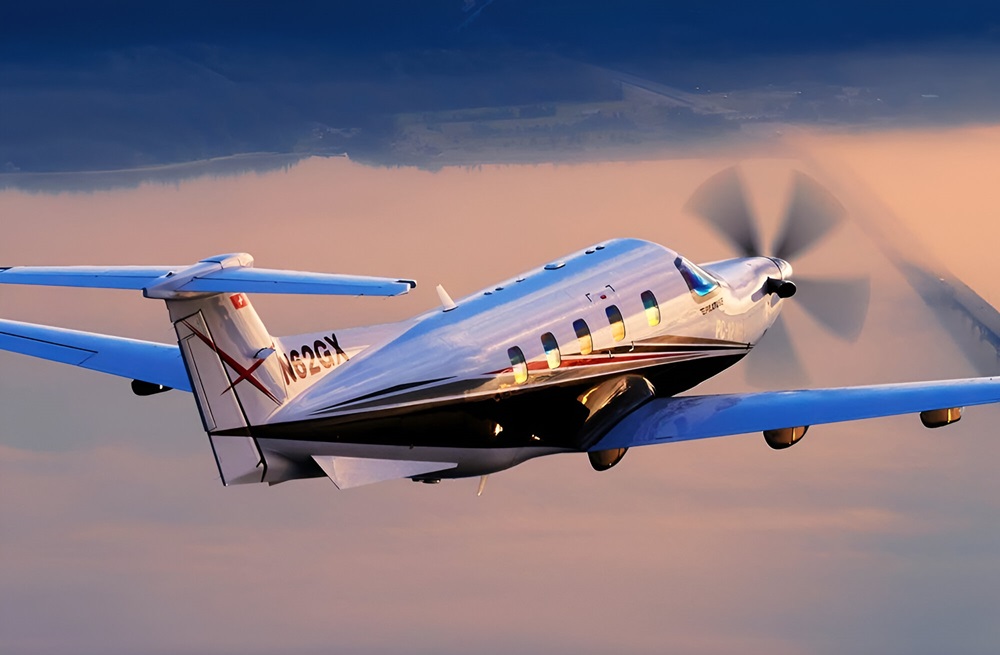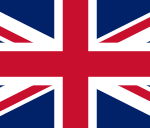For frequent business travelers flying private, visa rules remain a moving target. Requirements are subject to the political winds between nations. “The moment a dispute arises, visas are one of the first retaliatory tools,” says John Rackham, an immigration attorney. For example, Turkey lifted its 90-day visa requirement for Americans in late 2023. Yet Brazil is reinstating its visa rule for U.S. citizens on April 10, 2024, five years after dropping it.
When traveling for work and leisure where visas are required, opt for a business visa over a tourist visa. The business visa entails more documents but allows more flexibility. Some tourist visas mandate submitting your itinerary. U.S. citizens can spend up to 90 days in Europe’s Schengen area visa-free. For Asia, no visa is required for Japan, while South Korea requires one for business only. China and Thailand need visas for both tourism and business.
In some nations, on-arrival visas take minutes. Check government websites for requirements. Ensure your passport has at least two blank pages – you can’t add pages.
Visa Rules for Private Jet Travelers
Check Visa Requirements Before Departure
As a frequent international traveler, you must determine each country’s visa requirements well in advance of your trip. Requirements are subject to change, so double check official government websites for the latest information. Some countries differentiate between business and tourist visas, while others issue general entry visas. Regardless of the type, proper documentation is imperative to avoid legal trouble or denied entry.
Consider a Business Visa
If conducting business and leisure in a country requiring either a business or tourist visa, obtain a business visa. Though more paperwork is involved, such as a cover letter explaining your business purpose, it allows for both activities. A tourist visa may restrict business activities and is aimed at those traveling solely for vacation.
Understand Exemptions and Visa on Arrival
Some countries offer exemptions or visas on arrival for U.S. citizens. The Schengen area allows 90 days within 180 days for tourism or business. Japan, South Korea, and Thailand also have exemptions or on-arrival visas with varying rules. Check if the country you’re visiting offers a visa on arrival to save time, but be prepared to pay a fee.
Ensure Adequate Passport Validity
Regardless of the entry requirements, ensure your passport has at least two to four blank pages and will not expire for at least six months after your trip. If not, you must renew your passport before traveling to avoid complications. According to the State Department, extra pages cannot be added to an existing passport.
With frequent international travel comes great responsibility in navigating each country’s specific entry rules. However, proper planning and preparation will ensure your private jet adventures go off without a hitch. Safe travels!
Business Visas vs Tourist Visas
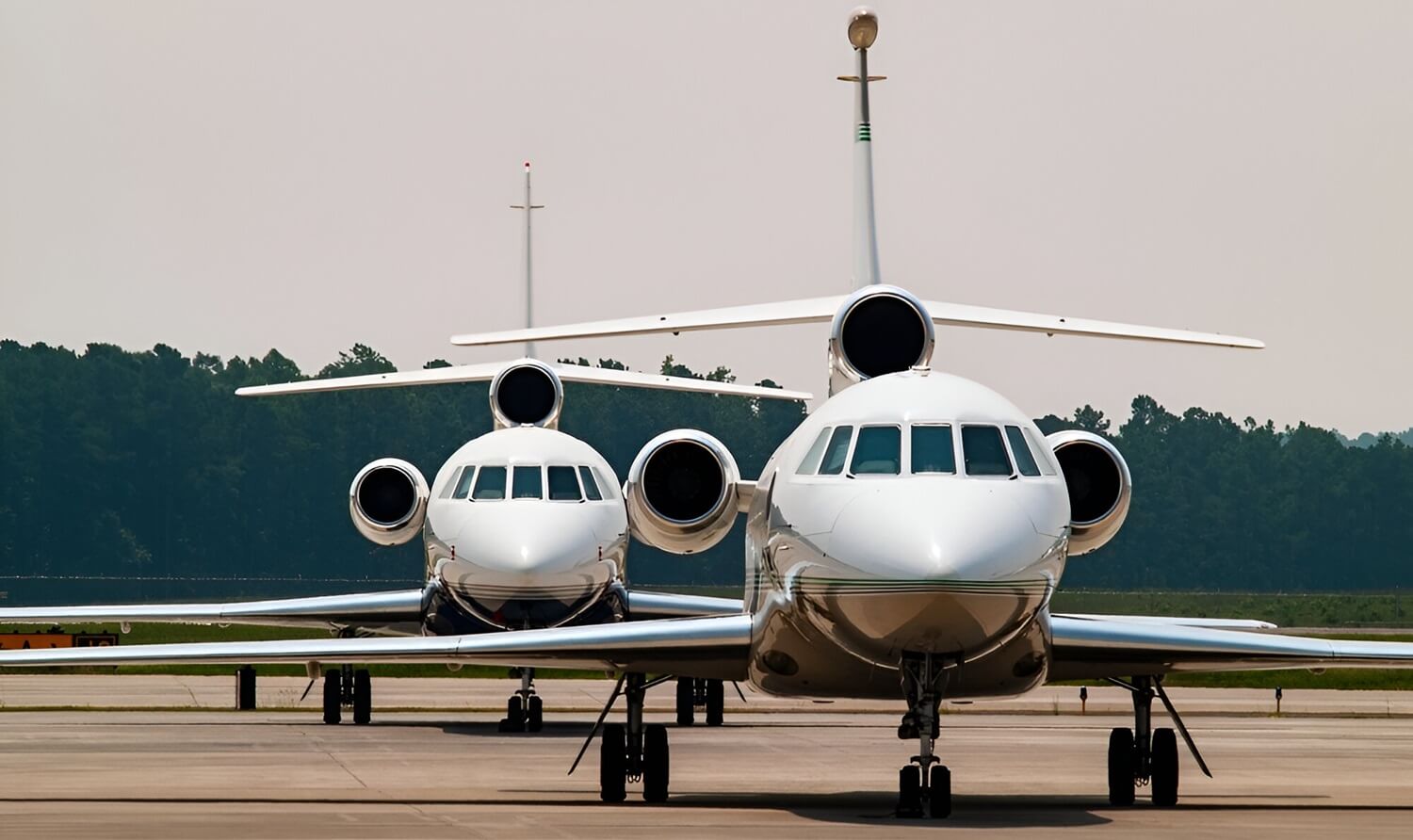
As a frequent business traveler using private aviation, determining whether you need a business visa or tourist visa for your international trip is crucial.
Business visas
For travel conducted primarily for work purposes, a business visa is typically required. Business visas mandate additional documentation like a cover letter from your company outlining the objective and duration of your trip. Though more cumbersome to obtain, a business visa allows you to legally conduct commercial activities during your stay.
Tourist visas
If leisure is the primary purpose of your travels, a tourist visa will suffice. While less demanding to procure than business visas, tourist visas prohibit engaging in any work activities. When applying for a tourist visa, authorities may request details of your itinerary and accommodation bookings to confirm the recreational nature of your trip.
Dual-purpose travel
For travel incorporating both business and pleasure, obtain a business visa. Though more administratively taxing, a business visa legitimizes your commercial dealings and avoids legal issues that could disrupt your trip.
Schengen Area
U.S. residents visiting countries in the Schengen Area for under 90 days require no visa. Comprising most European Union members, the Schengen Area has abolished internal border controls between member states.
Asia-Pacific
Prominent Asia-Pacific destinations like Japan, South Korea, China, and Thailand have distinct visa policies for private jet travelers. Japan and South Korea waive short-term visas for tourism and business. China and Thailand mandate visas for both purposes. Several countries offer visas on arrival for a nominal fee, so check if this option exists before departure.
Always ensure your passport has sufficient blank pages before any international trip. According to the U.S. Department of State, extra pages cannot be added to an existing passport. Renew your passport if it lacks at least two to four blank pages.
Schengen Area Rules for US Citizens
90-Day Stay Allowed U.S. citizens are permitted to travel within the Schengen area for up to 90 days in a 180-day period for tourism or business purposes without requiring a visa. The 90 days do not need to be consecutive, but the 180-day period begins on the date of first entry into the Schengen area. Be sure to note the date you first entered a Schengen country in your passport to ensure you do not overstay the 90-day limit.
Border Checks Still Required
Though a visa is not necessary, travelers must still go through standard border checks when entering and exiting the Schengen area. Upon arrival at the first point of entry, border officials will stamp your passport with the date of entry.
This stamp serves as your temporary visa for the 90-day stay. When departing the Schengen area after 90 days, another stamp will be added with the exit date. Failure to exit before the 90th day will be seen as overstaying, which can result in legal consequences.
Multi-Country Travel Permitted
One of the benefits of the Schengen agreement is the ability to travel freely between member countries without additional border checks. Once you have entered the Schengen area, you can travel by land or air between countries as you please during your stay. However, certain countries may still conduct random border checks for security purposes, so travelers should always carry a valid passport.
Extensions Possible for Long Stays
For stays longer than 90 days, it is possible to apply for an extension of your temporary visa. Extensions are granted on a case-by-case basis for a maximum stay of 180 days. You will need to apply for the extension with the immigration authorities of the Schengen country you are in before your initial 90 days have expired.
Be prepared to show proof of sufficient funds, medical insurance, and a return flight to justify your extended stay. In summary, leisure and business travelers from the United States can enjoy relatively straightforward access to most European countries thanks to the Schengen area agreement.
However, it is important to understand the specific rules around the length of stay and border crossings to avoid legal trouble and ensure a smooth trip. Following these guidelines will allow you to make the most of your European adventure.
Visa Requirements for Asia
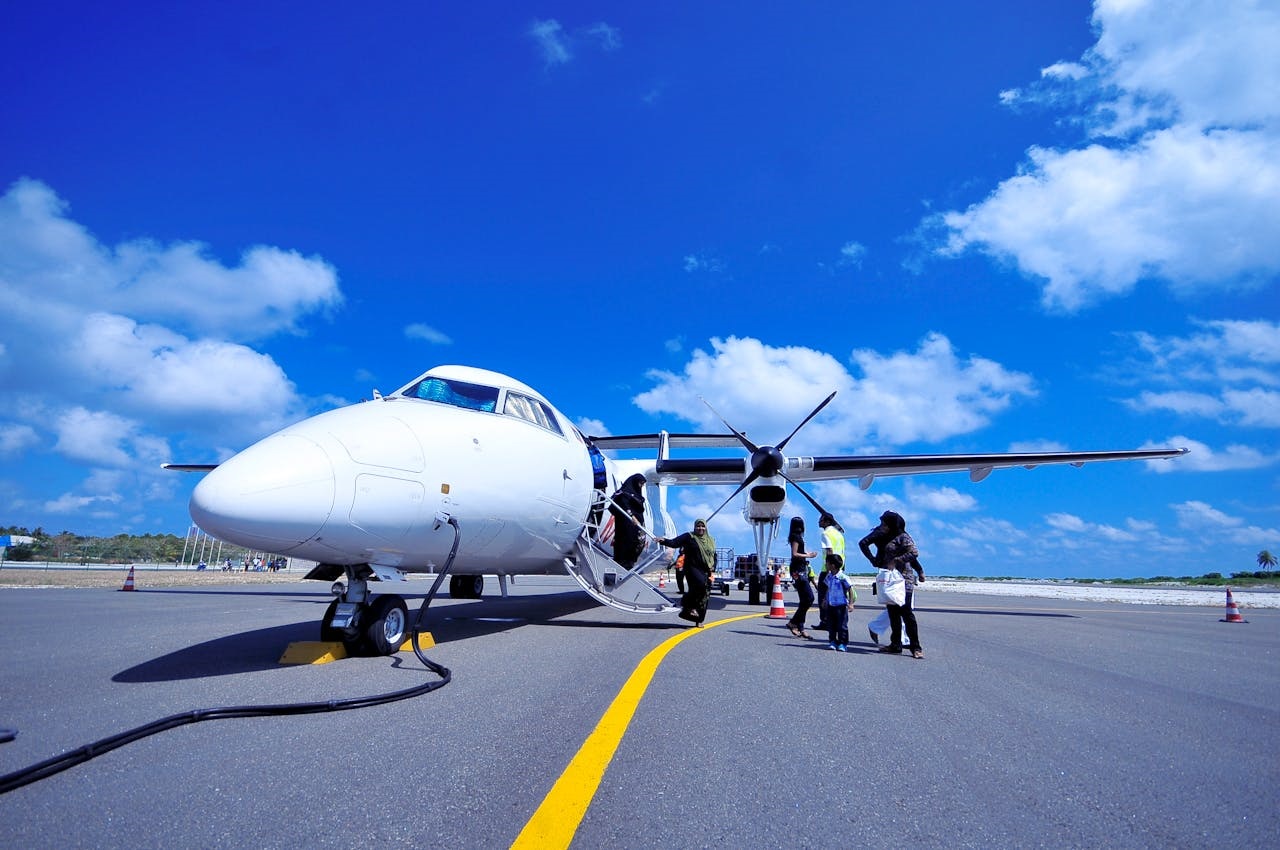
China
U.S. citizens traveling to China for business or tourism purposes will need to obtain a visa in advance. The requirements include a valid passport with at least one blank page, a completed visa application form, one 2-inch photo, and an official invitation from a Chinese company or travel agency. The business visa process typically takes 3 to 5 business days, while a tourist visa may take 7 to 15 days to process.
Japan
Fortunately, U.S. citizens traveling to Japan for short-term business or leisure do not need to obtain a visa. For stays of 90 days or less, you can enter Japan with just a valid passport. However, if you plan to stay longer or work in Japan, you will need to apply for the appropriate long-term visa.
Thailand
Both business and tourist visas are required for U.S. citizens traveling to Thailand. A tourist visa allows stays of up to 60 days, while a business visa permits stays of up to 90 days. The requirements are similar for both visas and include a valid passport, completed application form, one photo, proof of funds, and a letter from your employer or sponsor in Thailand. Business visas typically take 7 to 15 days to process, while tourist visas may take only 3 to 5 days.
South Korea
South Korea requires visas only for business travel purposes. U.S. citizens traveling to South Korea for tourism or short-term business meetings (under 90 days) do not need a visa. For long-term business assignments or employment in South Korea, you will need to obtain the appropriate visa before travel.
Requirements include a valid passport, completed application form, one photo, and a letter of invitation from a Korean company. Business visas may take 7 to 15 business days to process. In summary, frequent business travelers should carefully check the visa requirements for each country in Asia they plan to visit.
With some advance planning, the proper business or tourist visas can be obtained to ensure a smooth trip. However, for short leisure or business trips (under 90 days), a number of major Asian countries like Japan, South Korea, and Thailand do not require visas for U.S. citizens, allowing for greater flexibility and spontaneity.
Obtaining Visas Upon Arrival
For business travelers arriving in certain countries by private jet, visas can often be obtained directly upon landing. However, it is important to note that the requirements and processes for obtaining a visa on arrival differ for each country.
Do Your Research
Prior to departing for your destination, conduct thorough research on that country’s visa on arrival policy to avoid complications at the border. Check if your purpose of travel (business or leisure) qualifies for a visa on arrival, the maximum allowed stay, costs, documentation needed, and any other stipulations.
For example, Turkey grants U.S. passport holders a 90-day visa on arrival for tourism and business, whereas Thailand’s visa on arrival is only applicable for tourism and capped at 15 days.
Have Required Documentation Ready
Standard documents needed may include a valid passport, proof of onward/return flight ticket, proof of accommodation for your trip, a photo, and payment in cash. Some countries like Cambodia and Kenya also require a visa on arrival application form to be completed prior to landing. Ensure you have printed copies of any required forms, in case Wi-Fi is unavailable upon landing.
Head Directly to the Visa on Arrival Counter
Proceed directly to the dedicated visa on arrival counter or booth once you have disembarked the aircraft and cleared immigration. There, submit your documents and payment, have your photo taken (if required), and obtain the proper entry stamp or visa in your passport.
Understand the Terms of Your Visa
Carefully review the details and restrictions of your visa on arrival before leaving the counter to avoid overstaying or violating the terms of your entry. Most visas on arrival do not allow extensions or renewals of stay past the initial period granted. Overstaying could result in legal penalties, fines, or even deportation.
Consider a Tourist Visa for Longer Stays
For business trips lasting longer than a visa on arrival permits, it may make sense to apply in advance for a proper business visa at an embassy or consulate instead. Although more time-consuming, a formal business visa will allow for a longer, uninterrupted trip and fewer uncertainties at the border.
In summary, for short-term business travel where allowed, a visa on arrival can be a convenient option. However, advance research and preparation are key to ensuring a smooth entry process and avoiding complications with the authorities. When in doubt, a traditional business visa application is the prudent course of action.
Passport Page Requirements
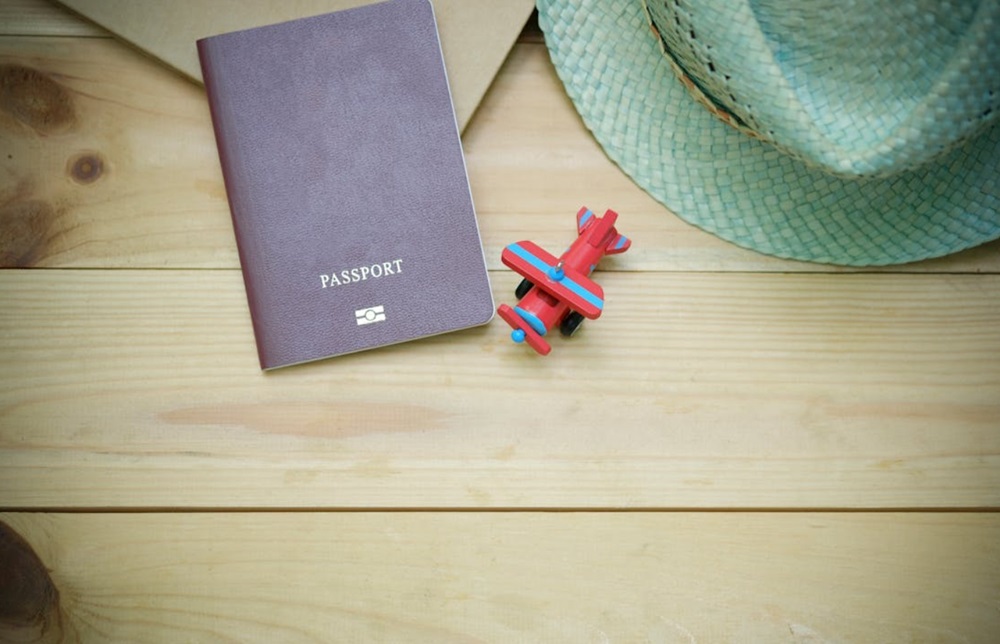
When traveling internationally on private jets, having adequate blank passport pages is critical.
Passport Page Rules
Your passport must have at least two to four blank visa pages for entry and exit stamps when visiting certain countries. According to the U.S. State Department, you cannot have extra pages added to your passport. If your current passport lacks the necessary blank pages, you will need to apply for a new passport before your trip.
Schengen Area Exception
U.S. citizens staying in Europe’s 27-nation Schengen area for up to 90 days (within a 180-day period) do not require a visa for work or leisure and will not need blank passport pages for entry or exit stamps. However, if transiting through a Schengen country to a non-Schengen destination, blank pages may still be required.
Asia Destinations
Popular business destinations in Asia, such as China, Thailand, and South Korea require visas for U.S. citizens traveling for work. While a tourist visa for Japan does not require blank passport pages, business visas for China, Thailand, and South Korea do require at least one blank page for the entry stamp.
Visa On Arrival
Some countries offer visas upon arrival for a small fee, contingent on having adequate blank passport pages. According to the US government’s travel website, you must have at least two blank pages for countries offering visas on arrival, including popular destinations like Kenya, Tanzania, Cambodia, and Sri Lanka.
To avoid complications and denied entry, frequent private jet travelers should ensure their passport has a minimum of two to four blank visa pages before embarking on international trips for business or leisure. Applying for or renewing a passport in advance of extensive international travel is the best way to avoid issues with entry or exit stamps. With some forethought, you can continue jetting off to exotic locales and conducting global business with ease.
Private Jet Travel | Frequently Asked Questions
Do I need a visa for private jet travel?
As a private jet traveler, you are still subject to each country’s visa requirements. It is crucial to verify the current regulations for all destinations on your itinerary. In some nations, visas can be obtained on arrival for citizens of certain countries. However, many places require advance applications for both business and tourism purposes.
What type of visa should I apply for?
If your trip includes both leisure and commercial activities, it is prudent to apply for a business visa. While business visas typically require additional documentation, such as a cover letter explaining the purpose of your travel, they provide more flexibility. Tourist visas may restrict the types of allowable activities and require detailed travel itineraries. The specific requirements vary for each country, so check with the embassy or consulate for details.
Are there any visa-free destinations?
Fortunately, U.S. passport holders can visit the 27 European countries in the Schengen area for up to 90 days without a visa. Several Asian countries, including Japan and South Korea, also offer short-term visa-free entry for tourism and business. However, China and Thailand require visas for both types of travel. When planning trips to Asia, be sure to verify the current visa rules for all places on your itinerary.
How can I obtain a visa?
The visa application process differs for each country. Many places allow you to apply by mail, while others require an interview at the local embassy or consulate. Some nations permit visas on arrival for qualifying travelers, which can typically be obtained within minutes for a small fee.
Check the official government website for the requirements of your destination. Be prepared to submit details such as your flight information, hotel reservations, and in some cases, a letter of invitation from companies you intend to visit.
Are there any other considerations?
When applying for a visa, make sure your passport has at least two to four blank pages to affix the document. If extra pages cannot be added, you will need to apply for a new passport. Allow ample time for processing, as requirements and wait times can vary significantly between different nations. Staying up-to-date with the latest geopolitical events can help anticipate any changes that may impact your visa or travel plans.
Conclusion
As a private jet traveler, staying informed about the latest visa regulations for your destinations is a crucial part of trip planning and preparation. Requirements can change quickly, so consult official government resources when finalizing your itinerary.
Allow plenty of time to secure necessary visas, as the application process varies widely. With the proper visas in hand, you can focus on the pleasures of your journey rather than the stresses of red tape. Safe travels in the year ahead!
Are you interested in finding an exact price for your upcoming trip? Input your trip details here to browse available private jet charter flights, or call +1 (888) 585-3095 for a custom itinerary and quote.
